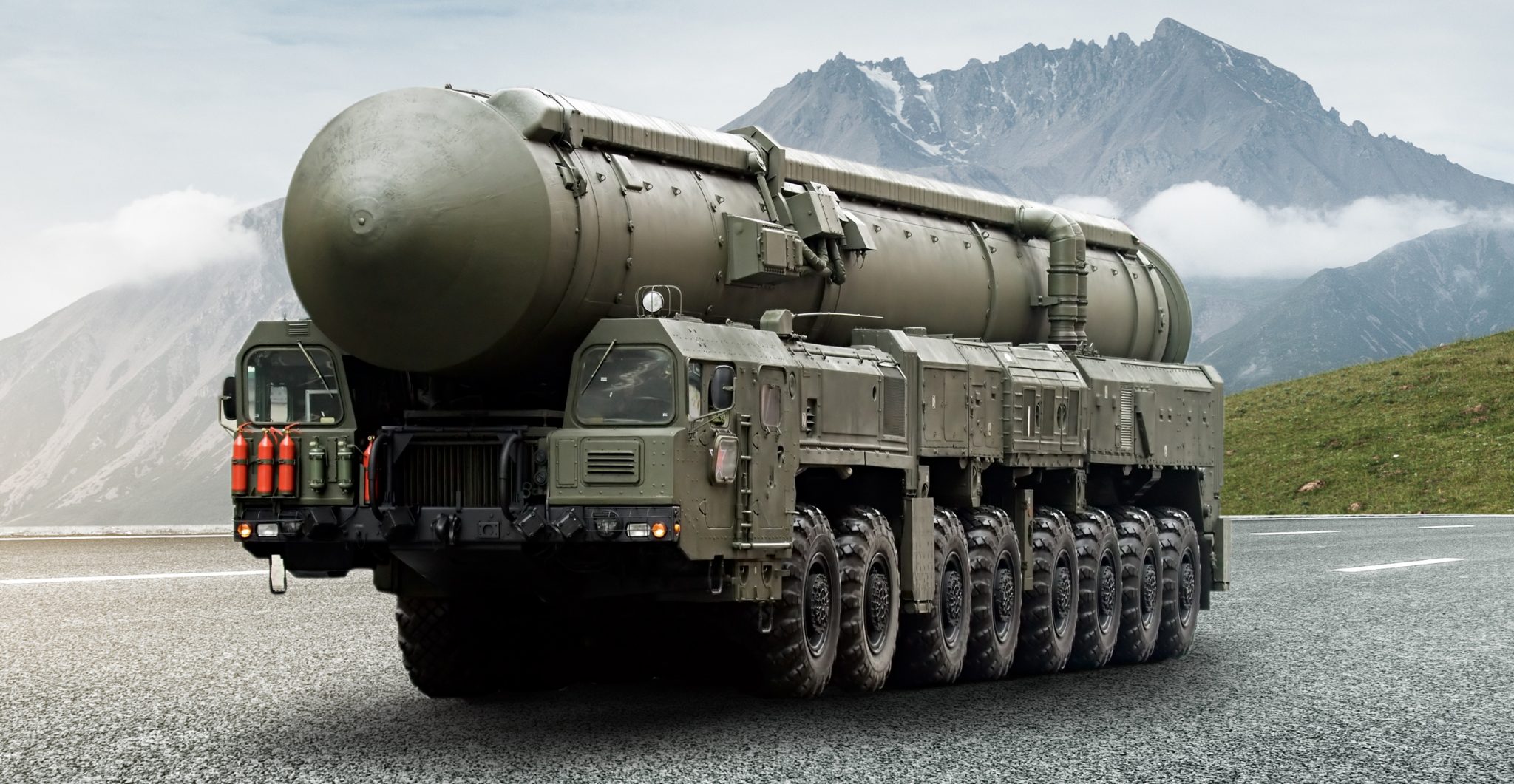One would think that with the world’s current technical expertise, building Intercontinental Ballistic Missiles (ICBM) should be a relatively easy task but it seems that exactly the opposite is true. In the world, only ten countries have managed to build ICBMs successfully.
So why is this?
Perhaps the place to start is to understand what an ICBM actually is. In it’s purest form it is a missile that once fired will follow a ballistic trajectory. In simpler terms it is like a ball or other object that is thrown, it follows a set path until it is pulled to earth by the force of gravity. The missile is ‘thrown’ into the air by a powerful rocket engine and then follows a set path until it is pulled to earth by gravity.
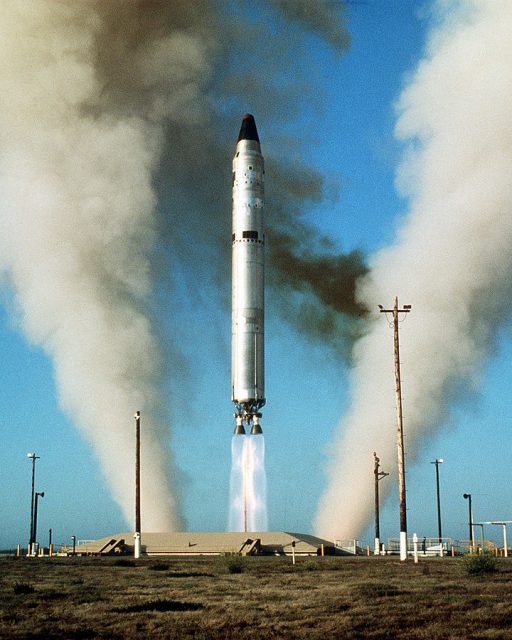
A little history
The first country to posit the idea of a rocket that could be sent over great distances was Germany in the Nazi era. They had an operation, Project America, led by Werner von Braun that intended to create a rocket that could be fired at New York. While that did not come to fruition, the V2 was a very successful rocket that the German’s developed and launched at England during WWII. The ‘V’ rockets were the world’s introduction to ballistic missiles.
The engineers that worked on the German rocket program were recruited to the USA and Russia after the war to work on the rocket programs in those countries. The design philosophy that the German’s used formed the foundation of the ICBM programs in both America and Russia.
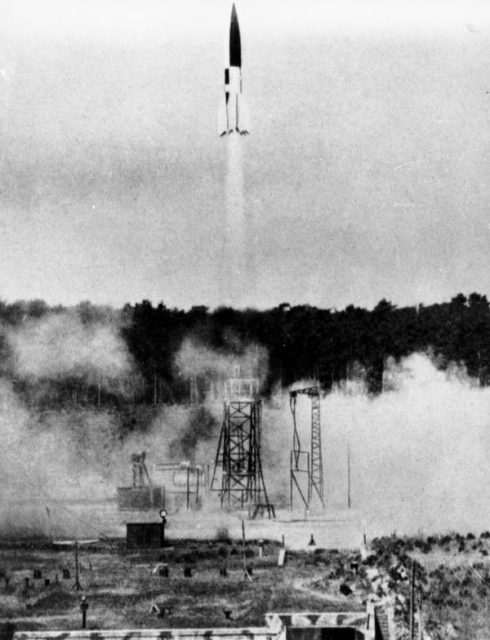
The first ICBMs were modified V2 rockets. The rocket was given wings and called the A9 and the large rocket engine that powered the entire missile was called the A10. The powerful new engine increased the range of the missile from 300 kilometers to 5,000 kilometers.
Aiming the new missile was done by using a compass to determine the heading that the rocket should follow and firing it at that heading. The rudimentary internal guidance system consisting of gyroscopes was responsible for keeping the missile on course while the engines were fired.
The range would be managed by adjusting the amount of fuel loaded into the rocket. Using slide rules and set mathematical calculations they would estimate the amount of fuel required to lift the rocket and give it enough impetus to cover the amount of ground necessary before gravity took over and pulled the missile back to earth.
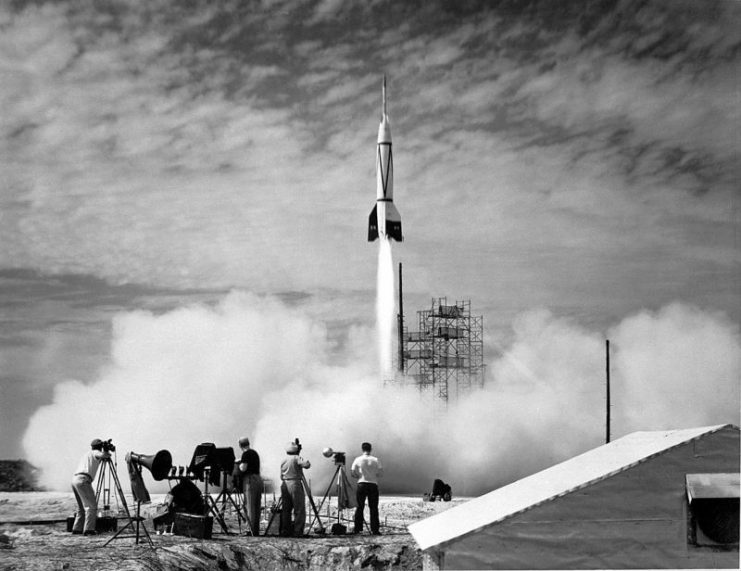
This means of calculating range was hugely advanced for the time but was a very rough and ready means. The original V2 was not the most accurate of missiles once it was fired, and there was no means of controlling the rocket during its flight.
This was not an issue for the Germans as London was practically an unmissable target from the launch sites in the Netherlands and no matter the original calculations the V2 was almost sure to hit some part of London. Trying to hit a target at ten times the distance required a great deal more technology and a guidance system that was infinitely more manageable and accurate.
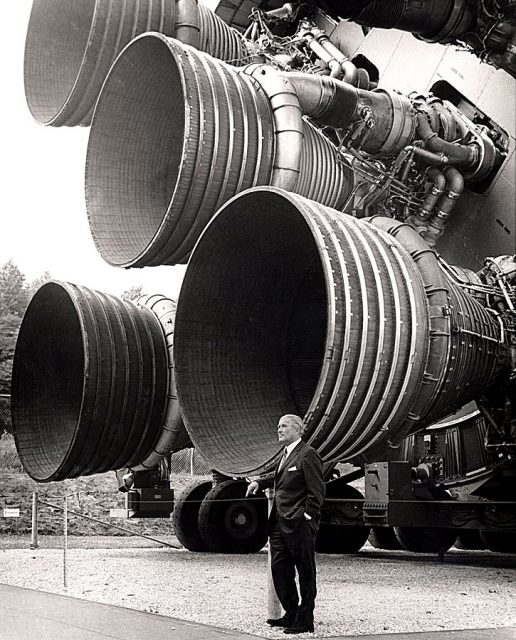
The initial plans by the Germans for these first ICBMs was, incredibly enough, to have them manned so that they could be accurately aimed. The intention was for the pilot to sit on top of the warhead and be blasted off into space where the first stage would then separate from the warhead.
When the second stage fuel was exhausted, it would come back through the earth’s atmosphere and glide to its intended target using guidance gleaned from U-boats that would be on the surface to provide radio communications and try to find and collect the pilot.
How the designers intended the pilot to survive this is a mystery. If he wasn’t burned to a crisp by re-entry to the earth’s atmosphere, the air pressure when he tried to eject would have killed him instantly.
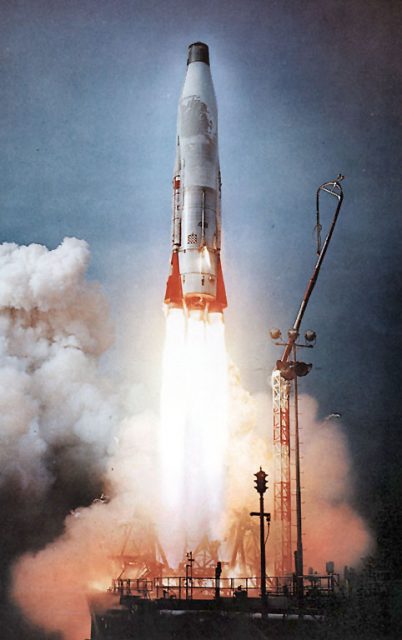
As onboard computers were unknown and at this time the development of a guidance system was almost impossible. Modern ICBM missiles rely extensively on computer power, along with gyroscopes, terrain mapping, and GPS systems to ensure they know where they are going and get to the right place.
The next issue was the amount of explosives that the warhead could carry. The German V2 was a huge rocket with, relative to its size, a small payload but this indicates another problem. The larger the payload, the larger the rocket and the more difficult it is to calculate the range and trajectory.
Putting the first stage onto the rocket multiplies the complexity of the entire problem significantly as well as adding considerably to the cost of the entire missile. Adding a large payload, just made the whole issue so much more complicated that it was not possible at the time.
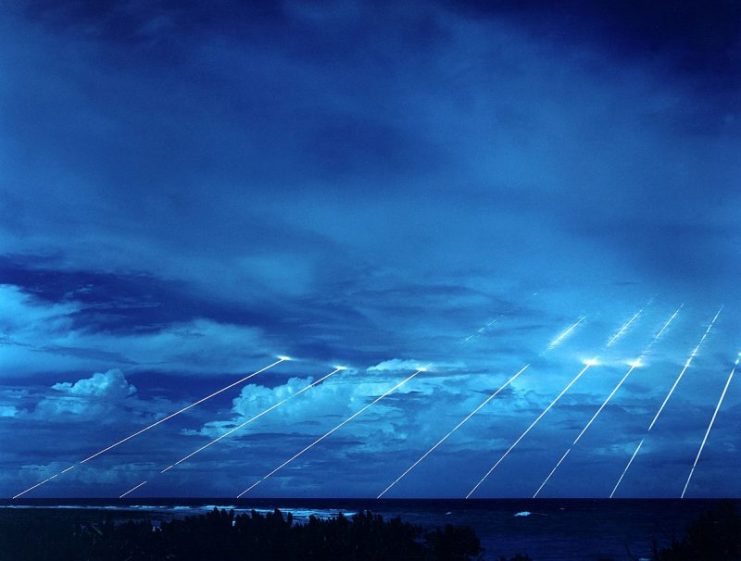
The last problem that would have to be solved is the issue around re-entry. Re-entry to the earth’s atmosphere is accompanied by a great deal of heat so any payload would either have to be carefully protected from this heat or would have to consist of something not affected by the temperature.
Any protection would add significantly to the weight issue so the German’s used a TNT type of warhead which would not require a great deal of heat protection.
So to sum up, building a rocket that is designed to leave the earth’s atmosphere and then re-enter and find its way to a specified target is no simple task. The rocket component is relatively simple to build but designing a payload that is small enough and powerful enough as well as able to withstand the journey is complicated as is the creation of an accurate and reliable guidance system.

North Korea today
North Korea has made great strides in the production of ICBM technology, but they are still struggling to overcome some of the issues around guidance systems. A film of their testing of the Hwasong-14 missile shows it burning up after re-entry and falling into the sea off the Japanese coast.
North Korea is still unable to create a miniature nuclear bomb that is able to withstand the journey out of and back into the earth’s atmosphere, and as they do not have their own set of global positioning satellites, the guidance systems are also not as accurate as they need to be.
Their close neighbor, China, has a highly sophisticated and precise military GPS infrastructure but it is highly unlikely that China would allow North Korea access to this technology.
The world can only hope that current negotiations will gradually lessen the threat of nuclear missiles coming out of North Korea. As their technology develops, it is conceivable that they will reach the point of building a missile that can reach anywhere in the world.
